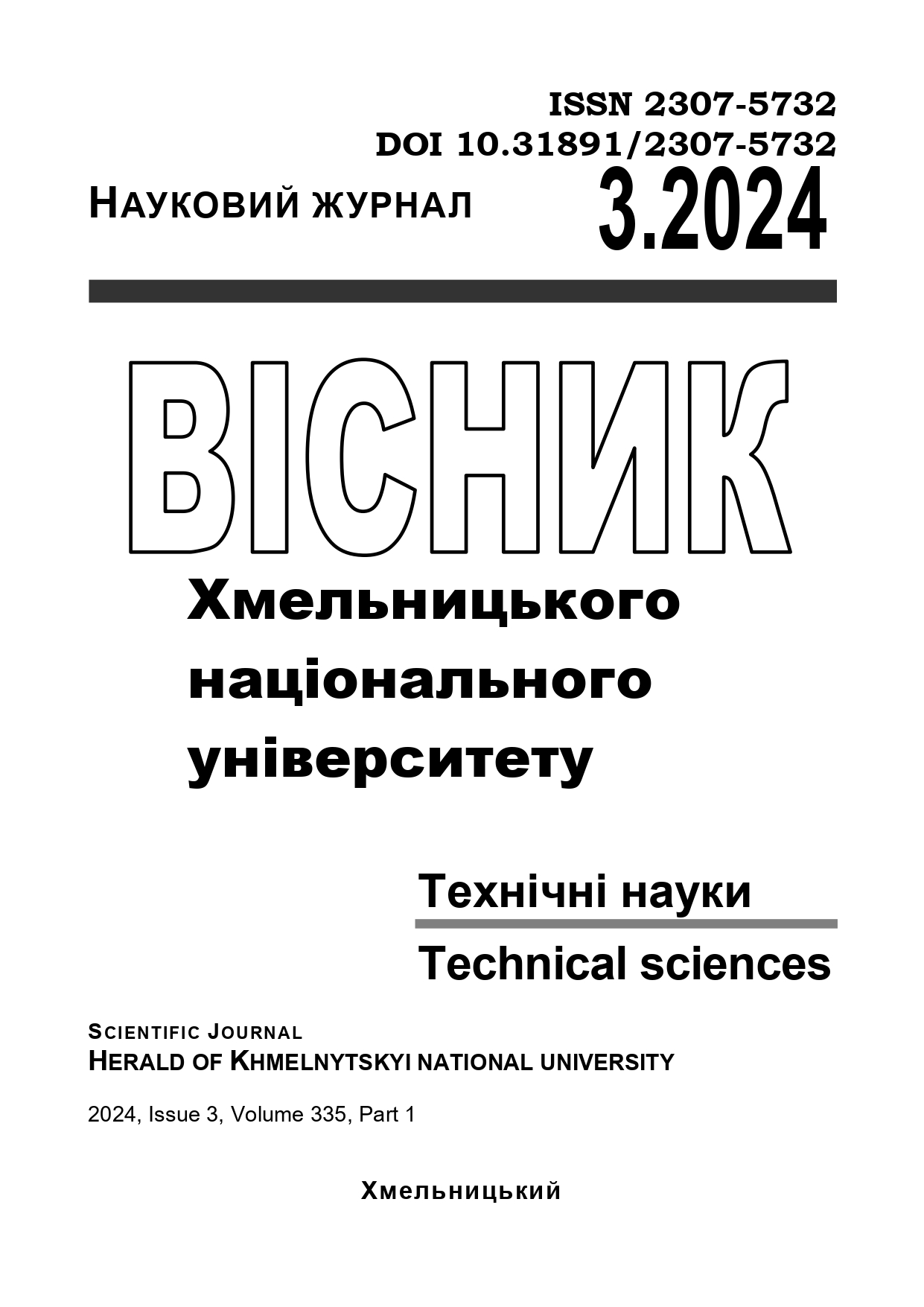CONCEPT OF AN AUTOMATED VEHICLE DAMAGE ASSESSMENT SYSTEM
DOI:
https://doi.org/10.31891/2307-5732-2024-335-3-34Keywords:
machine learning, vehicles, image recognition, computer vision, UML diagramsAbstract
This paper proposes the concept of an automated vehicle damage assessment system. The proposed vehicle damage assessment system, based on modern computer vision and artificial intelligence technologies, represents an important step towards improving the process of vehicle assessment after road accidents. Its implementation will significantly simplify and accelerate this process, reducing the time required to review insurance claims and resolve related issues. The inclusion of algorithms for automatic image-based damage detection and analysis is a key aspect of this system. It will allow to determine the extent of damage accurately and efficiently, which will help in the correct determination of the cost of vehicle repairs. Moreover, the application of machine learning and computer vision techniques to assess damage to land vehicles emphasizes the importance of using advanced technologies in the automotive insurance industry. The use of flowcharts and UML diagrams in the consideration of conceptual ideas and principles of motor vehicle damage assessment is displayed as an effective way to demonstrate the internal structure and logic of the system. This allows you to clearly present the algorithms and methods used to detect and analyze damage and determine its impact on vehicles. Flowcharts help to visualize the sequence of operations and the relationships between them, which allows for a better understanding of the damage assessment process. They can also include solutions and conditions that take into account the various scenarios that may arise during the assessment. UML diagrams, such as class or sequence diagrams, provide a more technical overview of the system, its structure, and the interaction of components. They allow for a more detailed look at how different parts of the system interact with each other, which contributes to a better understanding of its functionality and capabilities. In general, the paper includes a more complete overview of the proposed concept, taking into account the basic principles, technologies and methods of presenting the research results for further use in the practical activities of automobile insurance.

